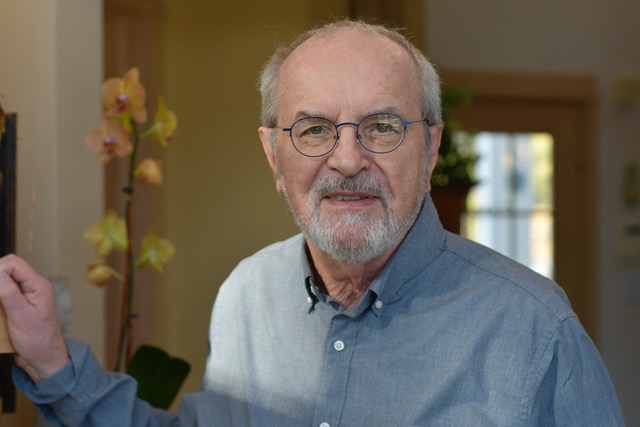Ep. 199: Thomas Moore — How Can Emptiness Make Your Life More Fulfilling?
My guest this week is Thomas Moore, a psychotherapist and author of a new book entitled The Eloquence of Silence: Surprising Wisdom in Tales of Emptiness (affiliate link). I was so pleased to have the opportunity to speak with Thomas, since I’ve appreciated his work for about 25 years, going back to Care of the Soul.
Topics we discussed included:
- The role of emptiness in religion and spirituality
- The possibilities that emerge with emptiness
- Fostering emptiness as emptiness, not as a space to fill
- Qualities of emptiness that we often recognize and appreciate in others
- Dropping the anxious additions we often bring to our interactions
- The emptiness in good acting
- Finding the narratives that support unhelpful behaviors
- Everyday examples of emptiness in our lives
- Silence in the therapy room
- Finding meaning in or through emptiness
- Nicholas of Cusa, author of Sacred Ignorance
- The value in recognizing how little we know
- Emptying our concept of what we call “God”
- Unlearning enough that one is ready to teach
- Allowing emptiness to be empty
- Finding that life empties you regularly
- The disappointments that empty us out—and prepare us for an important change in our lives
- The difficulty in leaving space in our lives, and the importance of lessening busyness
- The close association of desire and soul
- The quiet that seems to have characterized my guest’s life
- The origins of Thomas’s fear of the water
- Thomas’s appreciation for the creative individuals in his family, including his wife Joan Hanley’s paintings; daughter Siobhán Moore, also known as the musician Ajeet; and stepson and architect Abraham Bendheim
 Thomas Moore is the author of The Eloquence of Silence and 24 other books about bringing soul to our personal lives and culture.
Thomas Moore is the author of The Eloquence of Silence and 24 other books about bringing soul to our personal lives and culture.
He wrote the #1 New York Times bestseller Care of the Soul (affiliate link).
Thomas has been a Catholic monk and university professor and is also a psychotherapist influenced mainly by C. G. Jung and James Hillman.
His work brings together spirituality, mythology, depth psychology, and the arts, emphasizing the importance of images and imagination.
For more information visit his website.